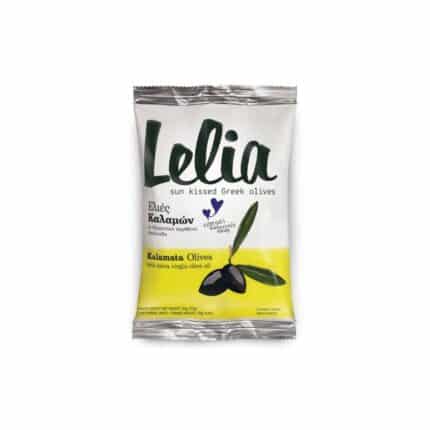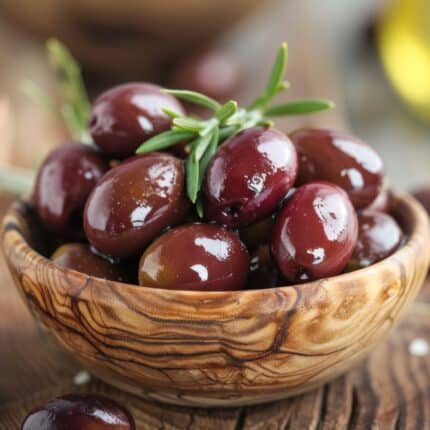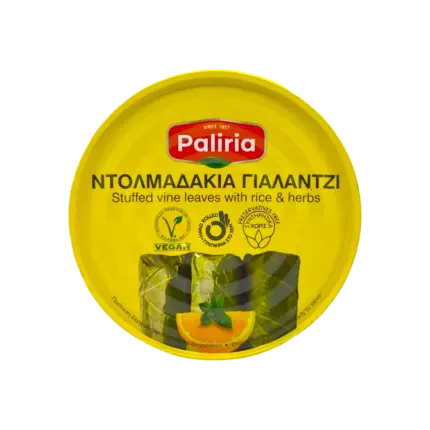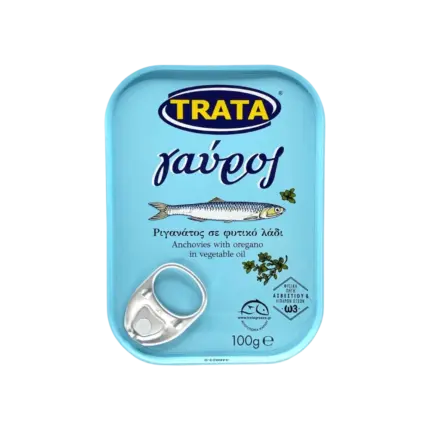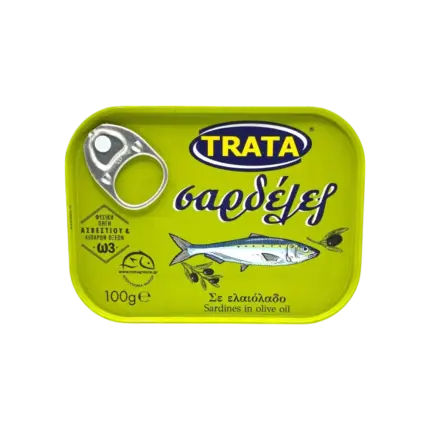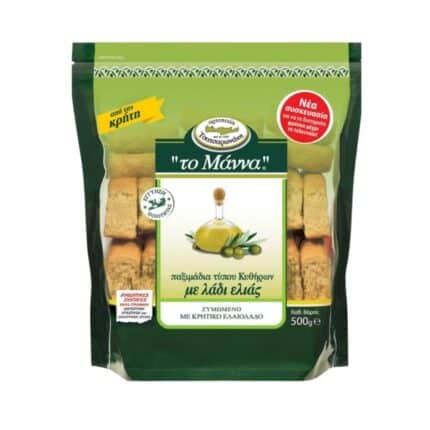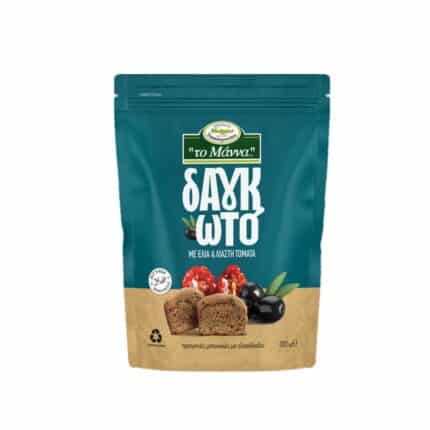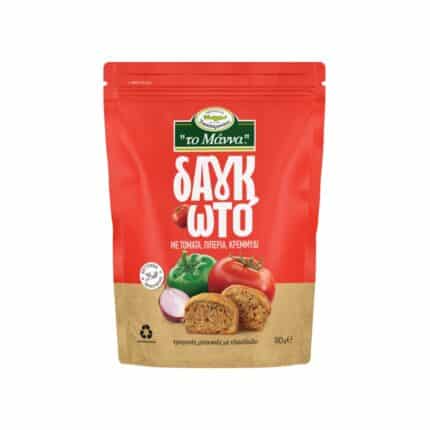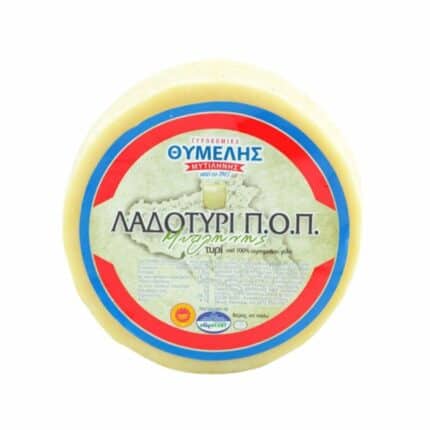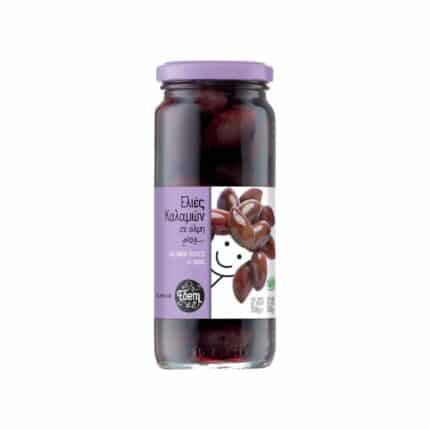Notre Blog
Qu’y a-t-il dans le mezzé grec ?
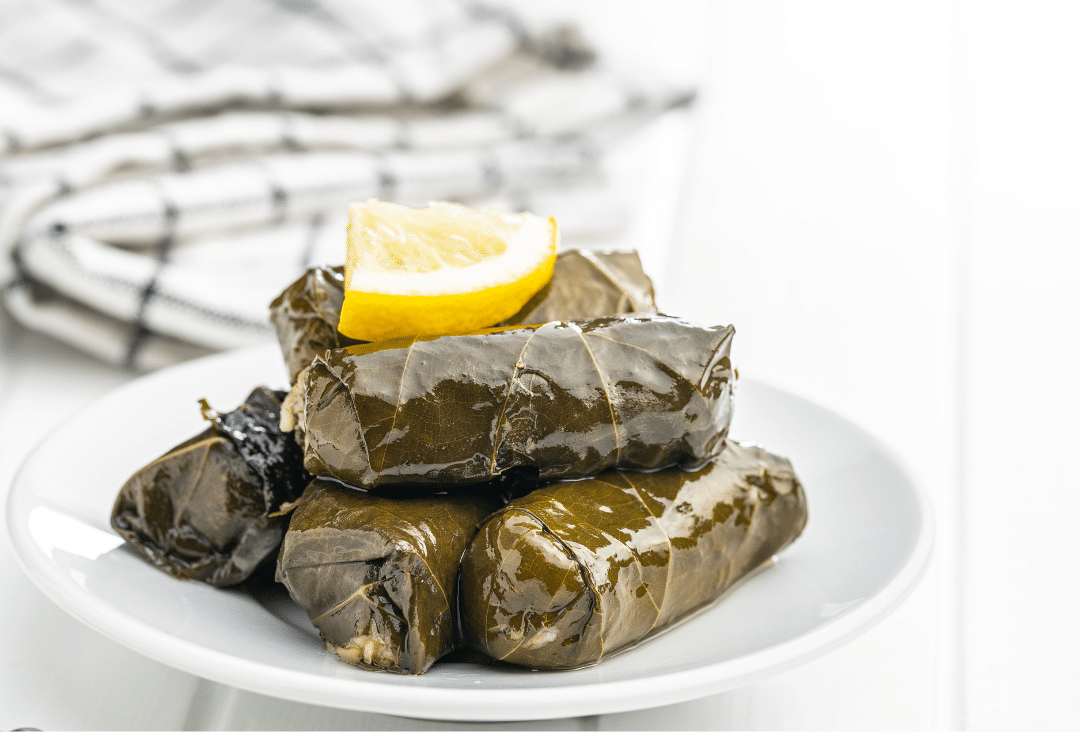
Greek meze is the heart of the country’s culinary tradition—a collection of small dishes that bring people together to share and enjoy a variety of flavors. Typical meze includes marinated octopus in olive oil and vinegar, fresh vegetables like tomatoes and cucumbers, pita bread or traditional rusks, tzatziki, meatballs (keftedakia), saganaki (fried cheese), dolmades (stuffed vine leaves), taramosalata (fish roe spread), olives, and feta cheese. Often accompanied by ouzo, tsipouro, or wine, meze is more than just appetizers—it’s a social experience embodying Greek hospitality and joy.
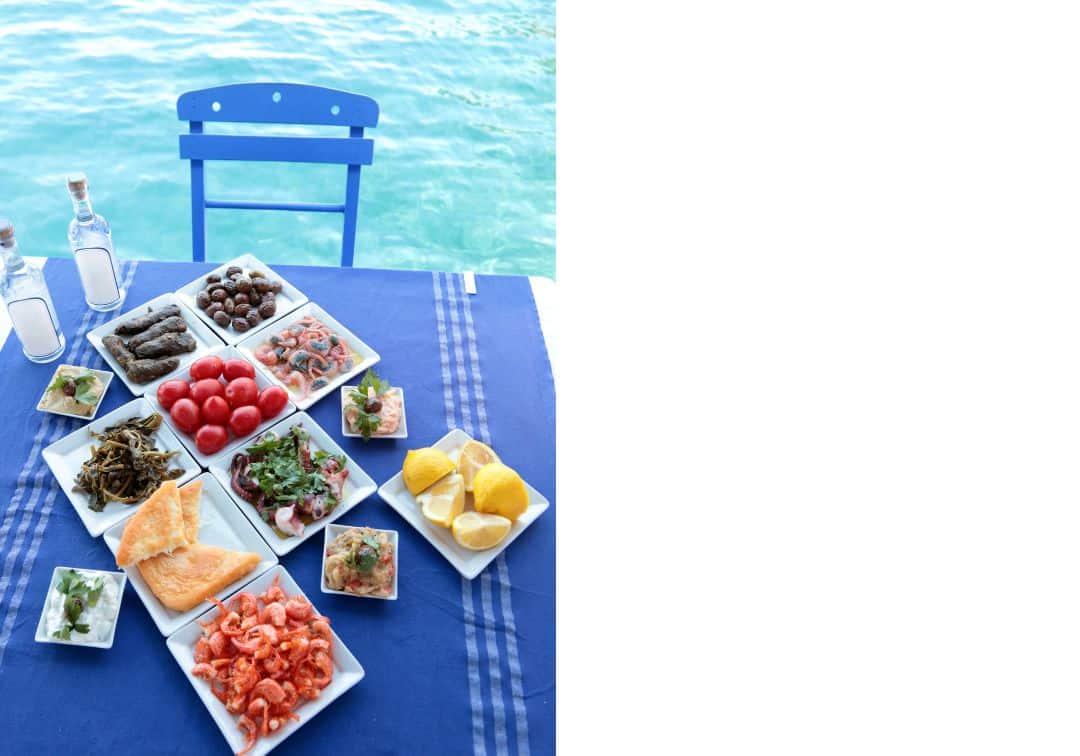
L’essence du mezzé
When you think of Greek cuisine, one of the first things that comes to mind is meze. It’s not just about the food; it’s about the experience of sharing, connecting, and enjoying a variety of flavors together. Meze represents the communal aspect of Greek dining, where an assortment of dishes is placed at the center of the table, encouraging everyone to partake and enjoy.
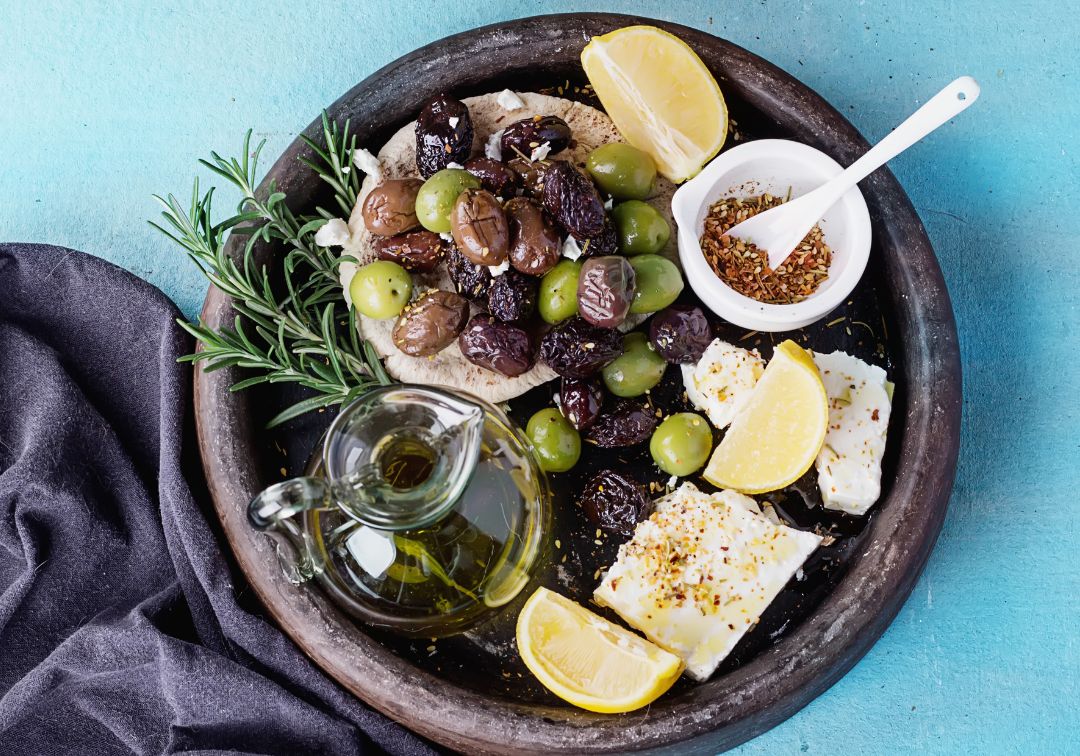
Une variété de saveurs
Greek meze includes a diverse array of dishes, from simple to elaborate, often combining contrasting flavors in a single serving. Some typical meze dishes are:
-
- Olives et fromage Feta: Des plats de base classiques mettant en valeur les olives et le fromage renommés de la Grèce.
- Légumes frais, généralement des tomates et des concombres: Tranches de tomates juteuses et de concombres croquants, souvent servis avec un peu de sel et d’origan.
- Pain pita ou biscottes traditionnelles: Pain pita chaud ou biscottes croustillantes parfaites pour tremper et accompagner d’autres plats.
- Tzatziki: Une trempette rafraîchissante à base de yaourt et de concombre, aromatisée à l’ail et à l’aneth.
- Boulettes de viande (Keftedakia): Boulettes de viande salées infusées avec des herbes, souvent accompagnées de tzatziki.
- Saganaki: fromage frit doré qui fond dans la bouche.
- Dolmades: Feuilles de vigne farcies de riz, d’herbes et parfois de viande hachée.
- Taramosalata: Une pâte à tartiner crémeuse à base d’œufs de poisson, parfaite avec du pain ou des biscottes.
- Poulpe mariné à l’huile d’olive et au vinaigre: Tendre poulpe mariné à la perfection, offrant un goût acidulé et savoureux.
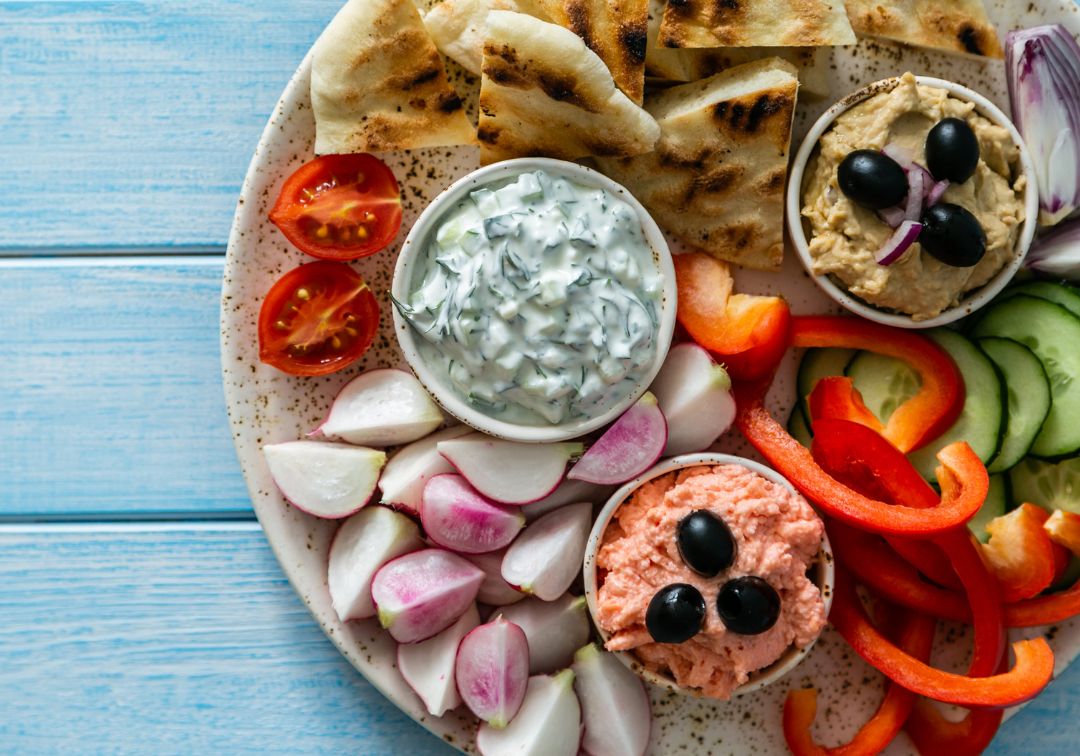
Plus que de simples amuse-gueules
Meze dishes often begin the meal as appetizers but can become the main attraction due to their variety and abundance. They embody the most universal aspect of Greek cuisine—casual, unpretentious, and often enjoyed with the hands, enhancing the relaxed and communal dining experience.
Un rassemblement social
Sharing meze is deeply ingrained in Greek culture. It brings people closer, often leading to lively conversations and the joyful clinking of glasses and utensils. It’s about companionship, shared enjoyment, and the unifying power of food.

Accorder avec les boissons
Meze is traditionally accompanied by spirits like ouzo, tsipouro, or a glass of local wine. These beverages complement the flavors of the dishes and contribute to the convivial atmosphere, making the meze experience even more delightful.
Conclusion
Greek meze is more than a collection of dishes; it’s the centerpiece of Greece’s culinary universe. It unites people, brings diverse foods together on the same table, and represents the most authentic and unpretentious aspect of Greek cuisine. Whether in a seaside taverna or a city mezze bar, sharing meze is an integral part of Greek life that embodies hospitality, joy, and the pleasure of good company.

